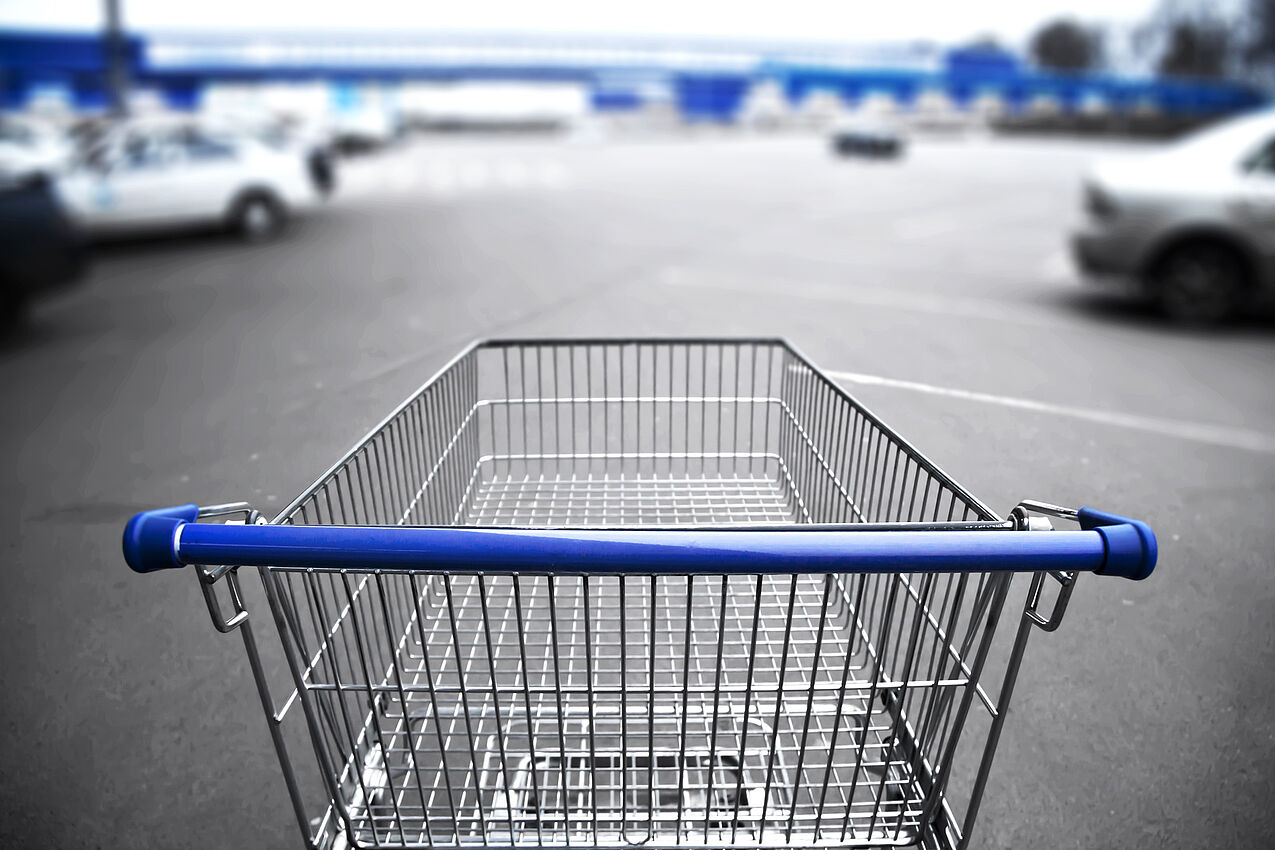Anyone who manages their master data in different ERP systems knows that harmonizing the data in a central application is an immense challenge. Complex mapping between the many SAP and non-SAP systems and error-prone replication models lead to data inconsistencies and sometimes time-consuming manual post-processing.
Companies using SAP SRM are also faced with the question of how central procurement should look after the announced end of support in 2027. SAP S/4HANA for Central Procurement is the name of the successor to SRM. With this product, strategic and operative procurement processes can be controlled and managed centrally.

System landscape
What is new about the system architecture is that Central Procurement is integrated directly into the core of S/4HANA as a procurement module and is activated via configuration settings. In the multi-backend scenario, an S/4HANA system is set up as a central hub that establishes a connection between various SAP, non-SAP, cloud or on-premise systems. In this way, purchase requisitions, purchase orders, inquiries, and contracts from various backend systems can be processed centrally, but shared service scenarios can also be mapped, for example.
A major optimization compared to SRM is the type of communication between the backend and central hub systems: Here, data is no longer replicated between two systems, but synchronized via staging tables in the Central Procurement Hub (CPH). Changes to documents via the CPH Fiori apps usually trigger changes to the respective backend document directly.
Another feature of Central Procurement is that the business logic remains in the backend system and is also applied directly in central processing. For example, a purchase requisition is created in the backend system and processed in the Central Procurement Hub, taking into account the respective ERP logic. For example, purchase orders from different ERP systems can be processed centrally, which have country- and process-specific conditions and properties.
Scenarios
Central Procurement contains various business processes - known as scenarios - that can be activated individually depending on the company's requirements. These scenarios, which map processes ranging from central sourcing and central purchasing to central invoicing, can be used to determine and manage the requirements of different backend systems, for example. Procurement processes no longer have to be carried out separately and individually in each system.
In addition, Central Procurement offers various options for central analysis that provide a real-time overview and highlight optimization potential.
Integration with other applications
Predefined interfaces to other applications such as Ariba Guided Buying are available for each of the scenarios mentioned. These applications are multi-layered and offer extensions and functions ranging from the intuitive application and catalog shopping with an amazon-like shopping experience to the automated tendering process for new suppliers.
Time of integration
So if you want to use a central procurement tool from SAP, there will be no way around Central Procurement from 2027 at the latest. Whether you wait that long for the implementation and continue to operate SRM until then or activate Central Procurement as part of the conversion to S/4HANA is an individual decision. On the one hand, all new functions are available immediately after the go-live with the second option, but on the other hand, such a changeover is also an additional construction site in an already demanding transformation process to S/4HANA. If you decide to continue using SRM for the time being and replace it with Central Procurement at a later date, the S/4HANA transformation project is relieved, but you still have to deal with connecting SRM to S/4HANA. Company-specific process and organizational characteristics should also be taken into account in the decision-making process. It is therefore important to examine the advantages and challenges of both options in order to make the right strategic decision.


![[Translate to English:] Einkauf & Beschaffung [Translate to English:] Einkauf & Beschaffung](/fileadmin/_processed_/a/9/csm_einkauf-und-beschaffung_7bd58668bf.jpg)